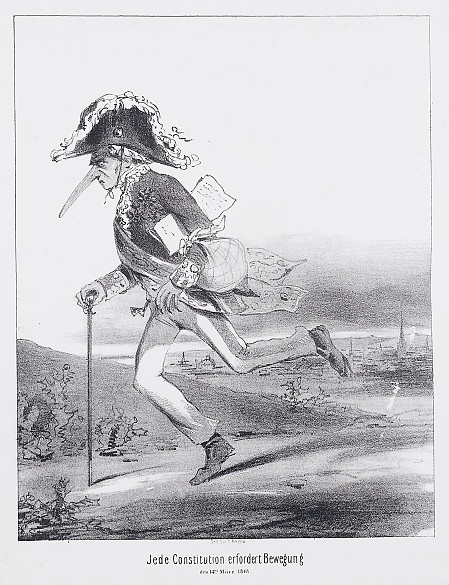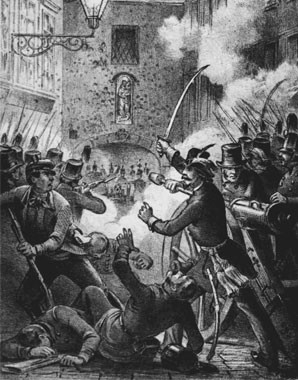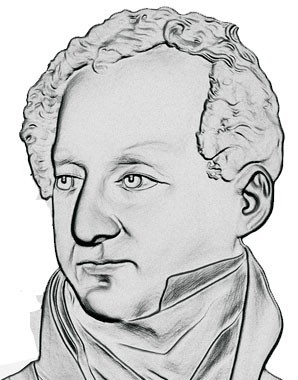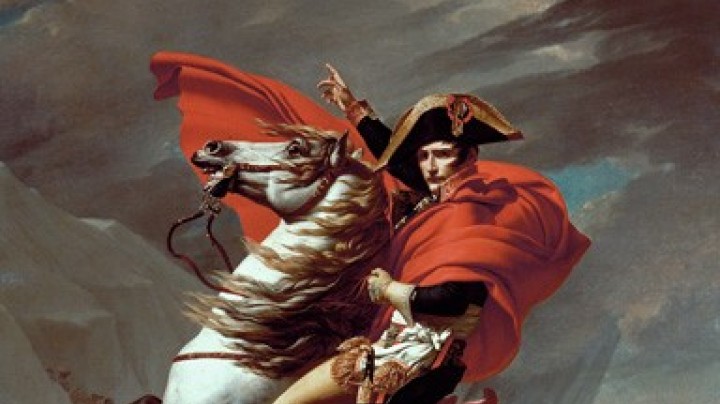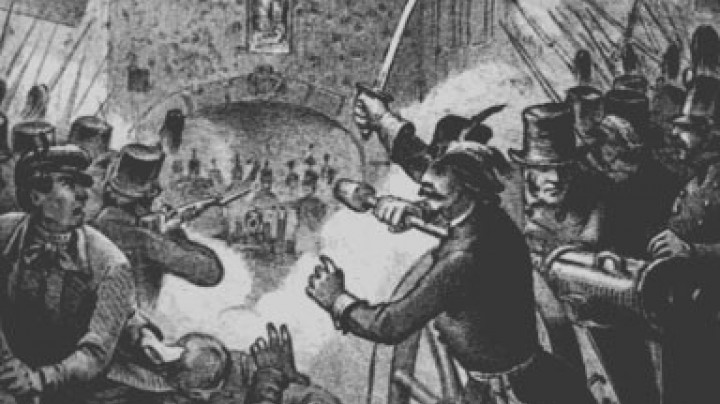Potential for conflict amongst the people: the struggle begins…
Revolutions, poverty, unemployment, starvation and growth in population fomented the volatile atmosphere within the Monarchy. Various levels of society began to organize themselves.
The battle for ‘human rights’ and political participation marked the second half of the nineteenth century as much as the social imbalances, which had increased in the course of industrialization: unemployment, impoverishment and alcoholism endangered the lives of many urban dwellers. The huge influx into the towns – the population of Vienna grew by some 43% between 1827 and 1847 – resulted in large numbers of unemployed. In addition many jobs were ‘rationalized’, with human labour being replaced by machines. Agriculture was unable to provide sufficient food for the growing population. At the same time there had grown up among the middle classes financially powerful social groups who were materially equal to the aristocracy and were demanding the same rights. Events abroad, such as the February Revolution in France and the uprising led by Louis (Lajos) Kossuth in Hungary, became a model for the 1848 revolution in Austria. In petitions and in the March Revolution the population vehemently demanded political participation, and end to censorship, and the resignation of Metternich, who had come to epitomize the absolutist system. The Habsburgs immediately complied with all of these demands, but not for all sections of the population. The battle for political participation continued. There followed a turbulent period of social upheaval and the formation of parties, until universal franchise was eventually achieved.
